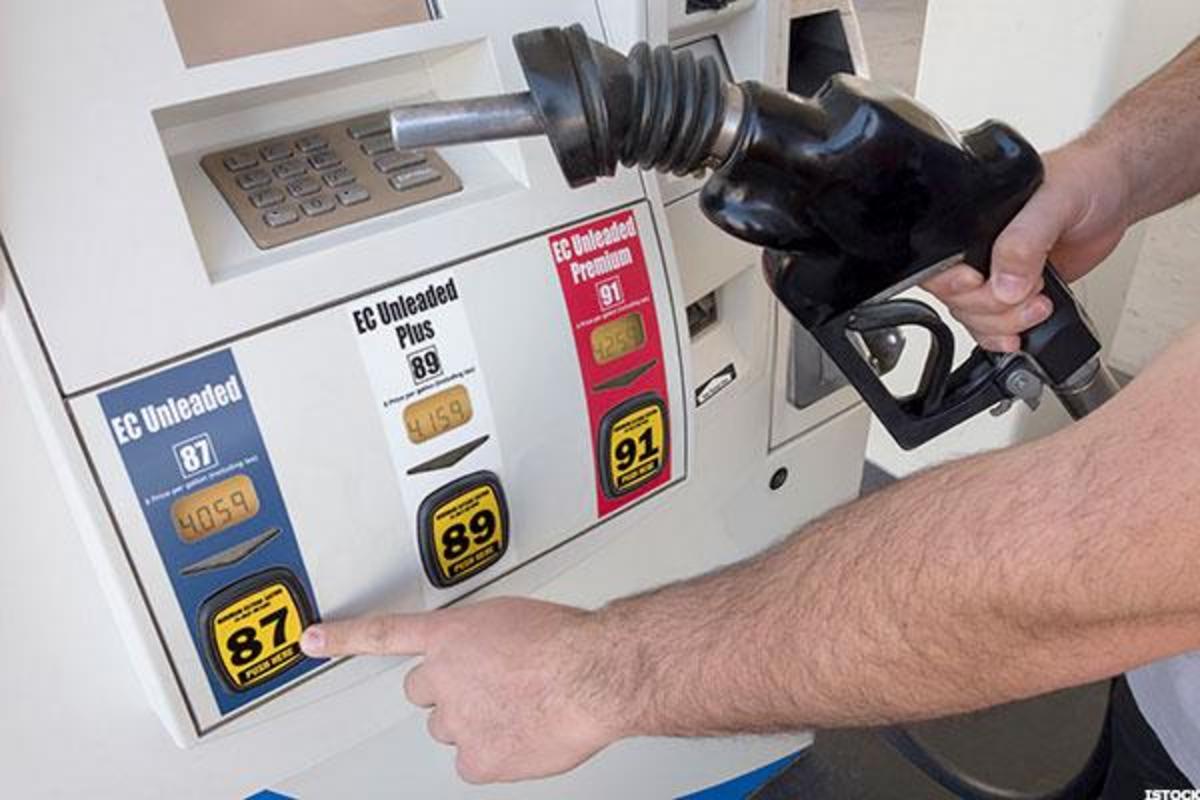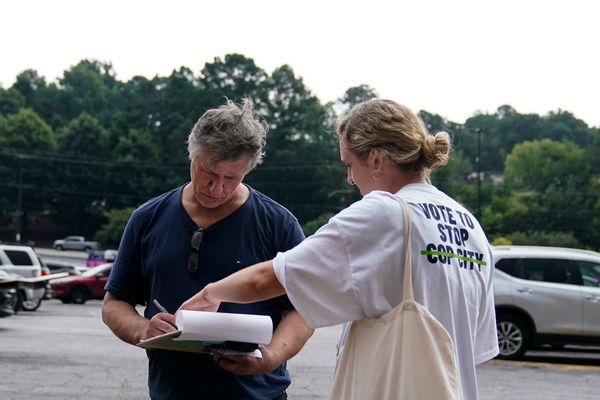
U.S. gasoline prices are set to extend their long summer decline into the autumn months, giving consumers a big boost into the presidential election cycle, as global crude markets wither amid a slump in industrial demand and a lack of cohesion among OPEC cartel members.
Crude prices have been in decline for more than a year, with the mid-summer pullback triggered in part by global growth worries and record high U.S. oil and natural gas production rates, which are now more than twice those of OPEC leader Saudi Arabia.
WTI crude, the benchmark tied to domestic gasoline prices, has fallen nearly 20% from its early July highs and is was trading firmly below the $70 a barrel mark earlier this week, and at the lowest levels since December 2021, even given concern that Hurricane Francine might disrupt supply.
The Category 2 storm made landfall near New Orleans late Wednesday, carrying wind speeds of as much as 100 miles per hour before being downgraded to a tropical storm that still could stall output in the Gulf region, which accounts for around 39% of all U.S. oil and gas production.
OPEC is also trying to support crude prices by delaying for two months an agreement to increase its collective output.

Anne Stanley/TheStreet
However, Saudi Arabia recently cut its official selling prices due to global-demand concerns, and the International Energy Agency cut its growth forecasts Thursday amid the ongoing weakness in China.
IEA lowers oil-demand forecast
"With the steam seemingly running out of Chinese oil-demand growth, and only modest increases or declines in most other countries, current trends reinforce our expectation that global demand will plateau by the end of this decade," the IEA said in its regular monthly update.
The IEA sees global demand rising by 900,000 barrels per day this year, a 7.2% reduction from its prior forecast, with its outlook for China demand more than halving from its early-July estimates.
Related: Gas prices keep falling and it's a trend that should spread
The long decline in crude has dragged U.S. gasoline prices down in tandem, with the AAA motor club pegging the average cost at around $3.23 per gallon following six consecutive weekly declines.
That's down around 15% from a year earlier and down nearly 35% from the July 2022 peak of just over $5 a gallon. Experts are now predicting further declines and see the average price dipping below the $3 per gallon mark as early as next month.
More Economic Analysis:
- Jobs report surprise adds to case for bigger Fed interest rate cuts
- Jobs report to signal timing and size of autumn Fed interest rate cuts
- Fed rate cuts may not guarantee a September stock market rally
“We fully expect gas prices will continue to drop as Americans drive less with the onset of fall," said Patrick de Haan, head of petroleum analysis at the consumer advocate group GasBuddy.
"With oil prices falling below $70 per barrel, their lowest since 2021, there’s solid room for gas prices and diesel to continue falling for some time."
Get ready for gas at $3 a gallon
That has big implications for both headline inflation, which last month slowed to the lowest levels since February 2021, thanks in part to a broader 4% decline for energy prices, as well as the November election cycle.
Inflation was a major topic of the economic portion of Tuesday's debate between Vice President Kamala Harris and former President Donald Trump, and it is likely to remain a key issue for undecided voters in November.
Related: CPI inflation report pumps the brakes on big Fed rate cut bets
Slowing inflation will also enable the Federal Reserve, which has been infuriatingly patient with respect to cutting interest rates, to move more quickly, and perhaps more decisively, in lowering borrowing costs.
That has the potential to push mortgage rates lower, support the broader job market and keep the world's biggest economy from tipping into recession.
US Gas Prices have moved down to $3.24 per gallon (national average) from $3.83/gallon a year ago (a 15% decline). This trend will likely help push down headline CPI down further in September to around 2.3% (from 2.5% in August). pic.twitter.com/SOptJ0FUPF
— Charlie Bilello (@charliebilello) September 13, 2024
Gas prices are also one of the most commodified examples of everyday costs, as they are largely inelastic when compared to grocery bills, which both vary from week to week and contain a broad collection of items.
Falling pump prices, therefore, have the ability to alter voters' perception of a key economic issue over the final weeks of what has been a contentious, and knife-edged, election campaign.
Inflation and the Economy: The most visible price that consumer observe is the cost of gasoline. The national average cost sits at $3.27. Take a look at the decline in wholesale gasoline futures. They clearly point to gasoline prices falling to or below $3 per gallon in the near… pic.twitter.com/UGgfp0IHnB
— Joseph Brusuelas (@joebrusuelas) September 9, 2024
"We expect the national average could fall below $3 per gallon as early as October for the first time since 2021, which would be music to the ears of motorists and certainly to politicians who are angling to be elected this fall,” said GasBuddy's de Haan.







